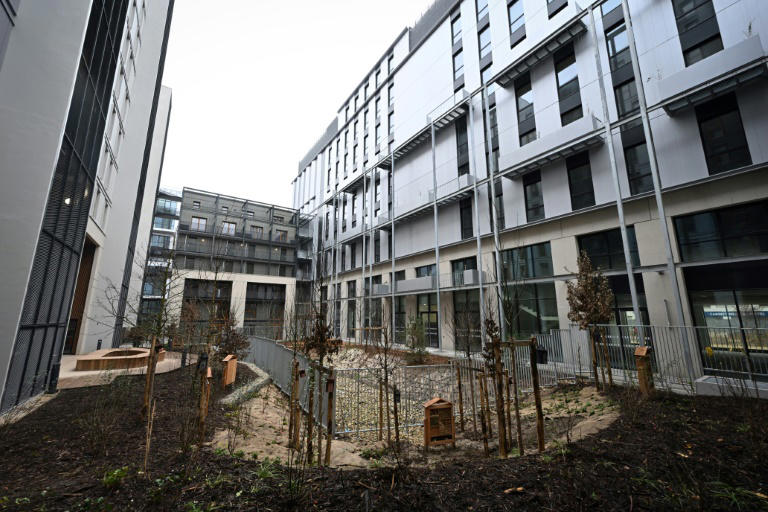An inauguration ceremony at the expansive location in northern Paris will feature President Emmanuel Macron as the guest of honor, along with chief organizer Tony Estanguet and a small number of French athletes.
Throughout the Olympics, which begin on July 26, roughly 40 low-rise towers will house about 14,000 individuals. Another 9,000 individuals will be accommodated during the Paralympics that follow.
The critical Olympic infrastructure has met the March 1 handover deadline, affirming France’s ability to deliver on time, according to an advisor to Macron who spoke anonymously to reporters earlier this week. Despite the complexity of the site, the Covid-19 pandemic, and the ongoing conflict in Ukraine, the deadlines have been met.
According to Macron’s office, the village’s budget is only 3.0 percent above budget when inflation is taken into account. This is further evidence that the Paris Games can avoid the pitfalls of past editions, such as wasteful overspending and extravagant “white elephant” infrastructure that served no purpose after the games.
Concerns about the event’s enormous carbon footprint, as well as climate change, have led activists to target the Olympics, a gathering of athletes and spectators from across the world every four years.
While opinion polls suggest that a majority of French people still support the Paris Games, expensive tickets, political disputes, and disruptions to life in the capital have recently soured the mood.
|
|
| Olympic Phryges mascots pose for a photograph on the Alexandre III bridge with the Eiffel Tower in the background after the mixed relay of the 2023 World Triathlon- duathlon format of the Olympic Games Test Event in Paris, on August 20, 2023. Photo: AFP |
Regeneration
Paris organizers consider themselves supporters of a new “austere” Olympic model that emphasizes the use of existing sporting infrastructure, as well as the promotion of recycling, reuse, and innovative technologies.
Paris promised that 97 percent of its needs would be met using existing or temporary sporting infrastructure, and that its carbon emissions would be half that of previous editions.
The village, the largest new-build project, is located on a site along the Seine River that is the focus of regeneration efforts in the economically disadvantaged Paris suburb of Seine-Saint-Denis.
“We made a promise: that we would create a new neighborhood for Seine-Saint-Denis rather than an Olympic and Paralympic village,” said Laurent Michaud, director of village operations for the organizing committee.
The tower blocks that house the 2,800 apartments each have a distinct design, highlighting the “architectural variety” that characterizes European cities.
About two-thirds of the 2.0-billion-euro ($2.2 billion) budget has been provided by private real estate companies.
After the Olympics, the majority of the accommodations will be sold to private homeowners. At least a third of the accommodations will be used for public housing, and others will be converted into student housing.
|
|
| This photograph taken on February 16, 2024 shows a general view of the Olympic village where the athletes will be housed in Saint-Ouen-sur-Seine, a nearby suburb of Paris. Photo: AFP |
‘Model village’?
Organizers claim that by using low-carbon concrete, wood structures, and renewable geothermal heating, the village will generate about half the amount of carbon emissions over its lifespan compared to a similar project built using standard construction techniques.
“We had the intuition — and we think we’ve proven it — that we could provide a sort of template, a demonstration, that dense urban spaces have a future in the 21st century,” said Nicolas Ferrand, head of the Paris infrastructure group Solideo, during a recent press conference.
The village is considered a “coherent model of the best things we can do at the start of the 21st century, even a bit ahead of time,” he added.
Other innovations include a mini water-processing plant to recycle water for use on the more than 9,000 trees and shrubs that will be planted on the site.
Some pavements are made from oyster and other seashells to absorb heat, while the beds used by athletes are made from reinforced cardboard and recycled fishing nets.
Over the next four months, organizers will furnish the village with over 300,000 pieces of furniture and decoration.





